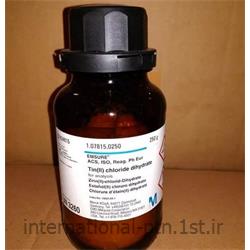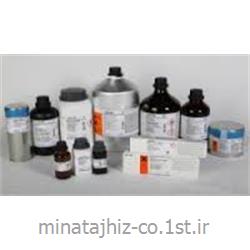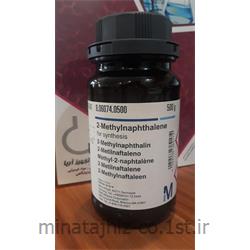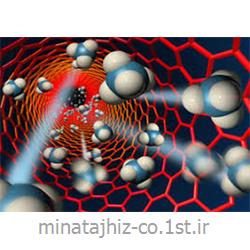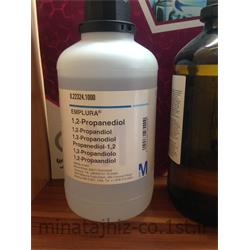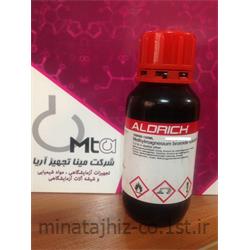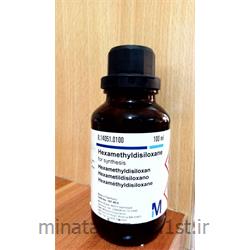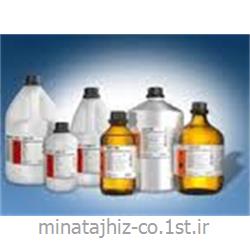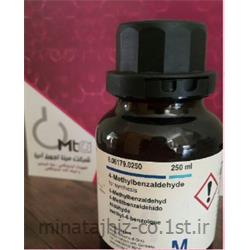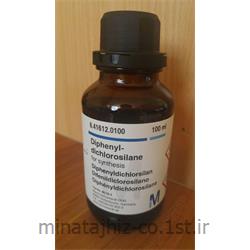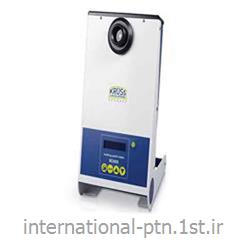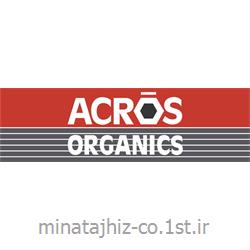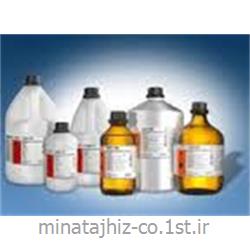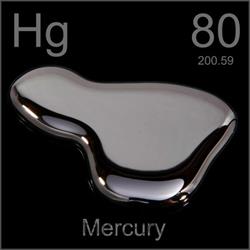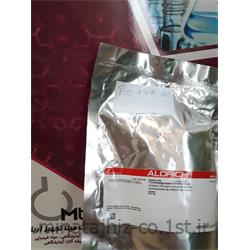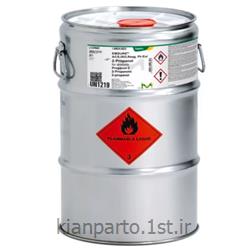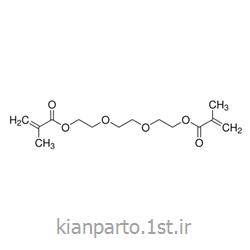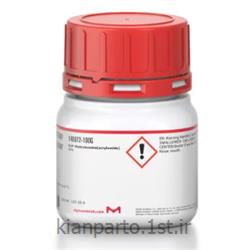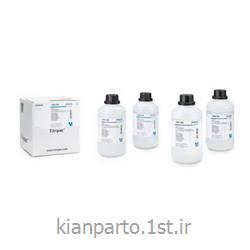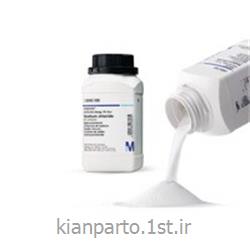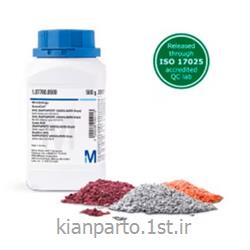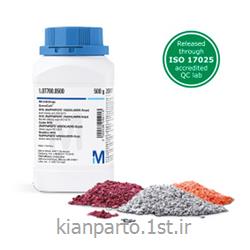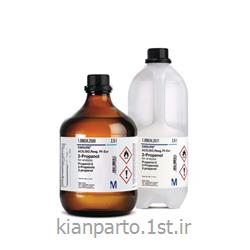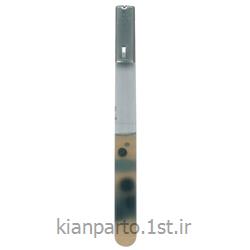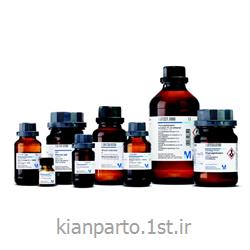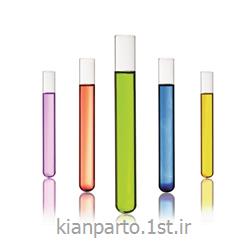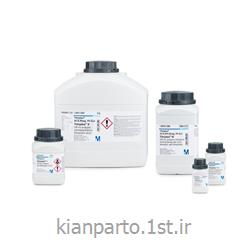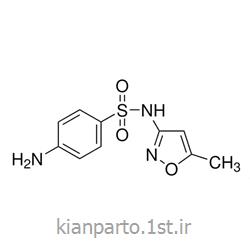| Description | |
|---|---|
| Catalogue Number | 100338 |
| Synonyms | Hydrofluoric acid solution, Fluoric acid |
| Product Information | |
|---|---|
| Grade | ISO,Reag. Ph Eur |
| HS Code | 2811 11 00 |
| Physicochemical Information | |
|---|---|
| Boiling point | 112 °C (1013 hPa) |
| Density | 1.13 g/cm3 (20 °C) |
| Melting Point | -44 °C |
| Safety Information according to GHS | |
|---|---|
| Hazard Pictogram(s) |   |
| Hazard Statement(s) | H300 + H310 + H330: Fatal if swallowed, in contact with skin or if inhaled. H314: Causes severe skin burns and eye damage. |
| Precautionary Statement(s) | P280: Wear protective gloves/ protective clothing/ eye protection/ face protection. P301 + P330 + P331: IF SWALLOWED: Rinse mouth. Do NOT induce vomiting. P302 + P352: IF ON SKIN: Wash with plenty of soap and water. P304 + P340: IF INHALED: Remove victim to fresh air and keep at rest in a position comfortable for breathing. P305 + P351 + P338: IF IN EYES: Rinse cautiously with water for several minutes. Remove contact lenses, if present and easy to do. Continue rinsing. P308 + P310: IF exposed or concerned: immediately call a POISON CENTER or doctor/ physician. |
| Storage class | 6.1B Non-combustible, acute toxic Cat. 1 and 2 / very toxic hazardous materials |
| WGK | WGK 2 water endangering |
| Disposal | 23 Hydrogen fluoride and inorganic fluorides as well as solutions thereof must be handled with extreme caution. Do not permit contact of any kind under any circumstances and be sure to work under an efficient fume cupboard with the front screen closed. Residues dissolved in water can be precipitated as calcium fluoride. Solids or precipitate: container I; filtrate: container D or E. |
| Safety Information | |
|---|---|
| Hazard Symbols |  Corrosive Corrosive Very toxic Very toxic |
| Categories of danger | very toxic, corrosive |
| R Phrase | R 26/27/28-35 Very toxic by inhalation, in contact with skin and if swallowed.Causes severe burns. |
| S Phrase | S 7/9-26-36/37-45 Keep container tightly closed and in a well-ventilated place.In case of contact with eyes, rinse immediately with plenty of water and seek medical advice.Wear suitable protective clothing and gloves.In case of accident or if you feel unwell, seek medical advice immediately (show the label where possible). |
| Storage and Shipping Information | |
|---|---|
| Storage | Store at +5°C to +30°C. |
| Transport Information | |
|---|---|
| Declaration (railroad and road) ADR, RID | UN 1790 , 8 (6.1), II |
| Declaration (transport by air) IATA-DGR | UN 1790 , 8 (6.1), II |
| Declaration (transport by sea) IMDG-Code | UN 1790 , 8 (6.1), II, Segregation Group: 1 (Acids) |
| Specifications | |
|---|---|
| Assay (acidimetric) | 40.0 - 42.0 % |
| Chloride (Cl) | ≤ 1 ppm |
| Colour | ≤ 10 Hazen |
| Hexafluorosilicate (SiF₆) | ≤ 50 ppm |
| Phosphate (PO₄) | ≤ 0.5 ppm |
| Sulfate and sulphite (as SO₄) | ≤ 5 ppm |
| Arsenic and Antimony (as As) | ≤ 0.03 ppm |
| Ag (Silver) | ≤ 0.02 ppm |
| Al (Aluminium) | ≤ 0.05 ppm |
| Ba (Barium) | ≤ 0.01 ppm |
| Be (Beryllium) | ≤ 0.02 ppm |
| Bi (Bismuth) | ≤ 0.02 ppm |
| Ca (Calcium) | ≤ 0.2 ppm |
| Cd (Cadmium) | ≤ 0.01 ppm |
| Co (Cobalt) | ≤ 0.02 ppm |
| Cr (Chromium) | ≤ 0.01 ppm |
| Cu (Copper) | ≤ 0.02 ppm |
| Fe (Iron) | ≤ 0.1 ppm |
| Ge (Germanium) | ≤ 0.02 ppm |
| K (Potassium) | ≤ 0.1 ppm |
| Li (Lithium) | ≤ 0.01 ppm |
| Mg (Magnesium) | ≤ 0.1 ppm |
| Mn (Manganese) | ≤ 0.03 ppm |
| Mo (Molybdenum) | ≤ 0.02 ppm |
| Na (Sodium) | ≤ 0.2 ppm |
| Ni (Nickel) | ≤ 0.02 ppm |
| Pb (Lead) | ≤ 0.02 ppm |
| Sr (Strontium) | ≤ 0.02 ppm |
| Ti (Titanium) | ≤ 0.02 ppm |
| Tl (Thallium) | ≤ 0.02 ppm |
| V (Vanadium) | ≤ 0.02 ppm |
| Zn (Zinc) | ≤ 0.05 ppm |
| Zr (Zirconium) | ≤ 0.02 ppm |
| Heavy metals (as Pb) | ≤ 0.5 ppm |
| Residue on ignition (as sulphate) | ≤ 5 ppm |
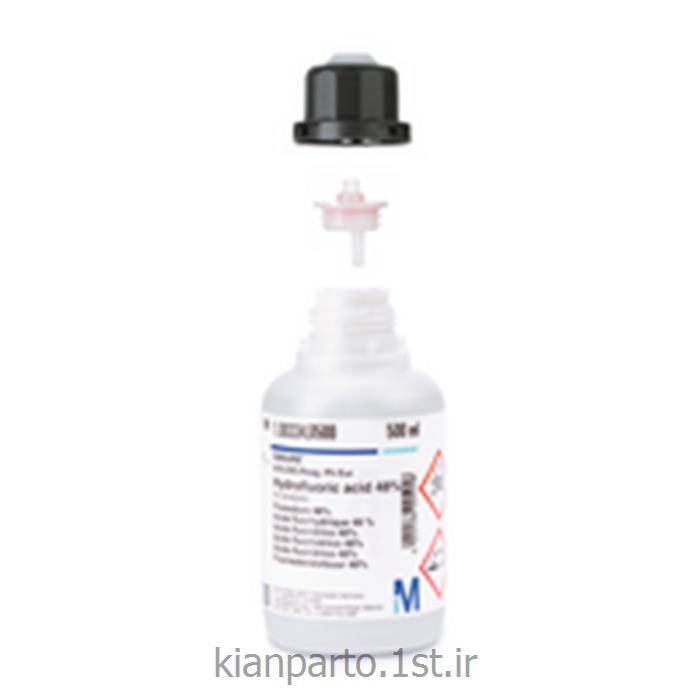






 سفارش آنلاین
سفارش آنلاین

 ضمانت سلامت فیزیکی
ضمانت سلامت فیزیکی ضمانت اصالت کالا
ضمانت اصالت کالا

